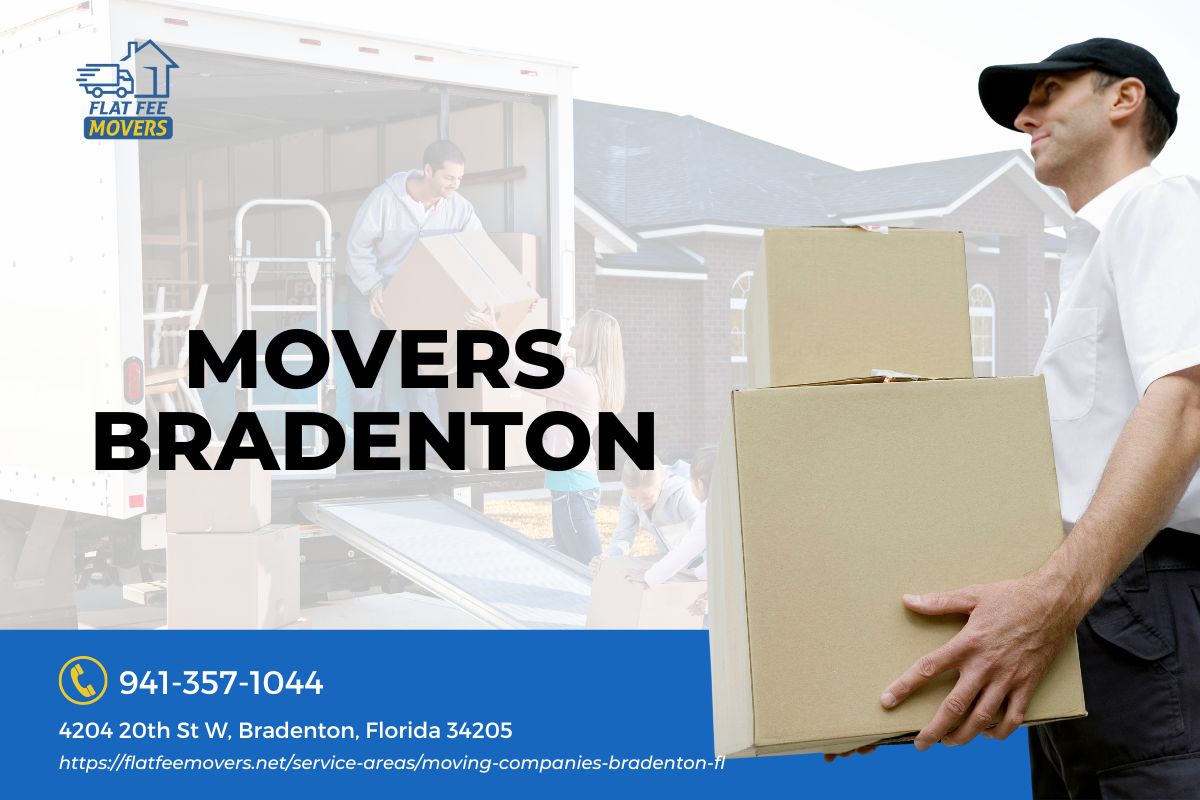
Long Distance Moving: Essential Tips for a Cross-Country Move

Introduction
Moving to a new home can be an exciting adventure, but it can also be a stressful and overwhelming experience, especially when you are moving long distance. The process of packing up your life and relocating to a new place can seem daunting, but with the right tips and guidance, you can make your cross-country move a smooth and successful one. In this article, we will provide you with essential tips for long distance moving, ensuring that your transition is as seamless as possible.
Table of Contents
Finding Reliable Movers
When embarking on a long distance move, it is crucial to find reliable movers who will handle your belongings with care and professionalism. Look for movers who have experience in long distance moves and are licensed and insured. Ask for recommendations from friends, family, or real estate agents who have recently relocated.
Researching Moving Companies
Take the time to research different moving companies to compare their services and prices. Read online reviews and check their ratings with the Better Business Bureau to ensure they have a good reputation. Request multiple quotes to get an idea of the average cost for your move.
Creating a Moving Timeline
To stay organized during your cross-country move, create a moving timeline that outlines all the tasks you need to complete before the moving day. This will help you stay on track and ensure that nothing gets overlooked.
Decluttering and Downsizing
Before packing up your belongings, take the opportunity to declutter and downsize your possessions. Donate or sell items that you no longer need or use, as this will not only reduce the amount of stuff you have to move but also save you money on moving costs.
Packing Strategies
Use strategic packing techniques to make the most of your available space and protect your belongings during the move. Start by packing non-essential items early on and gradually work your way towards packing the essentials. Use sturdy boxes, bubble wrap, and packing paper to ensure that fragile items are well-protected.
Labeling and Organizing Boxes
Labeling and organizing your boxes is essential for a smooth unpacking process. Clearly mark each box with its contents and the room it belongs in. This will make it easier for the movers to place the boxes in their respective rooms, saving you time and effort when unpacking.
Protecting Fragile Items
When packing fragile items such as glassware, dishes, or electronics, take extra precautions to protect them from damage during the move. Wrap them individually in bubble wrap or packing paper and pack them tightly in sturdy boxes. Fill any empty spaces with packing peanuts or newspaper to prevent shifting.
Hiring Professional Packers
If you are short on time or prefer not to pack your belongings yourself, consider hiring professional packers. They have the expertise and experience to efficiently pack your items while ensuring they are properly protected for the long journey ahead.
Arranging for Storage Solutions
If there is a gap between moving out of your current home and moving into your new one, you may need to arrange for storage solutions. Look for reputable storage facilities near your current location to safely store your belongings until you are ready for them.
Obtaining Moving Insurance
To safeguard your belongings during transit, it is essential to obtain moving insurance. Check with your moving company if they offer insurance options or consider purchasing additional coverage through a third-party insurance provider.
Preparing Your New Home
Before moving into your new home, it is important to prepare it for your arrival. Deep clean the space, change the locks, and make any necessary repairs or renovations. This will ensure that your new home is comfortable and ready for you to settle in.
Updating Your Address and Utilities
Don't forget to update your address and utilities before moving day. Notify your post office, banks, insurance companies, and other relevant parties of your upcoming move. Arrange for the transfer or cancellation of utilities such as electricity, water, and internet services.
Moving Vehicles
If you are planning to transport your vehicles to your new location, research different options for vehicle transportation services. Whether you opt for open or enclosed transport, make sure to schedule the transportation well in advance to ensure availability.
Transportation of Pets
Moving with pets requires careful planning and preparation. Make sure to research pet-friendly accommodations along your route if you are driving. If flying, check airline policies regarding pet travel and consult with your veterinarian for any necessary vaccinations or health certificates.
Managing Finances During the Move
Moving long distance can be expensive, so it is important to manage your finances effectively. Create a budget that includes all moving-related expenses and stick to it. Look for ways to save money, such as packing your own belongings or using low-cost moving supplies.
Navigating the Logistics of a Cross-Country Move
A cross-country move involves navigating complex logistics, such as coordinating with movers, scheduling transportation, and managing timelines. Stay organized by keeping all important documents related to the move in one designated folder and maintaining clear communication with all parties involved.
Staying Organized Throughout the Process
Staying organized throughout the moving process is key to reducing stress and ensuring a successful move. Use checklists, spreadsheets, or apps to keep track of tasks, deadlines, and important information. This will help you stay on top of everything and avoid last-minute surprises.
Managing Stress and Emotional Challenges
Moving long distance can be emotionally challenging, especially if you are leaving behind friends and family or starting a new chapter in your life. Take time for self-care, seek support from loved ones, and embrace the excitement of the new opportunities that await you.
Settling into Your New Home
Once you have arrived at your new home, take the time to settle in and make it feel like your own. Unpack your belongings gradually, focusing on one room at a time. Explore your new neighborhood, meet your neighbors, and start making connections in your new community.
Finding Local Services and Amenities
Familiarize yourself with the local services and amenities in your new area. Research nearby grocery stores, schools, healthcare facilities, and other essential services. Knowing what is available in your vicinity will help you feel more at home and ease the transition.
Building a Support Network
Building a support network in your new location is essential for feeling connected and supported during this major life change. Attend local events or join community groups to meet new people with similar interests or backgrounds.
Exploring Your New Surroundings
Take advantage of this opportunity to explore your new surroundings and discover all that your new city or town has to offer. Visit local attractions, parks, restaurants, and cultural sites to immerse yourself in the unique experiences your new location has to offer.
Tips for a Smooth Transition for Children
Moving can be especially challenging for children, so it is important to provide them with extra support during this transition. Maintain open communication with them, involve them in the moving process as much as possible, and help them establish routines in their new environment.
Maintaining Communication with Friends and Family
Although you may be physically far from friends and family after a cross-country move, it is important to maintain communication with loved ones. Schedule regular phone calls or video chats to stay connected and share updates about your new life.
Conclusion
Moving long distance can be a complex endeavor, but with proper planning, organization, and the right mindset, it can also be an exciting and rewarding experience. By following the essential tips outlined in this article, you will be well-prepared for your cross-country move and able to navigate the process with ease. Remember to stay organized, seek support when needed, and embrace the new opportunities that await you in your new home. Good luck with your long distance move!